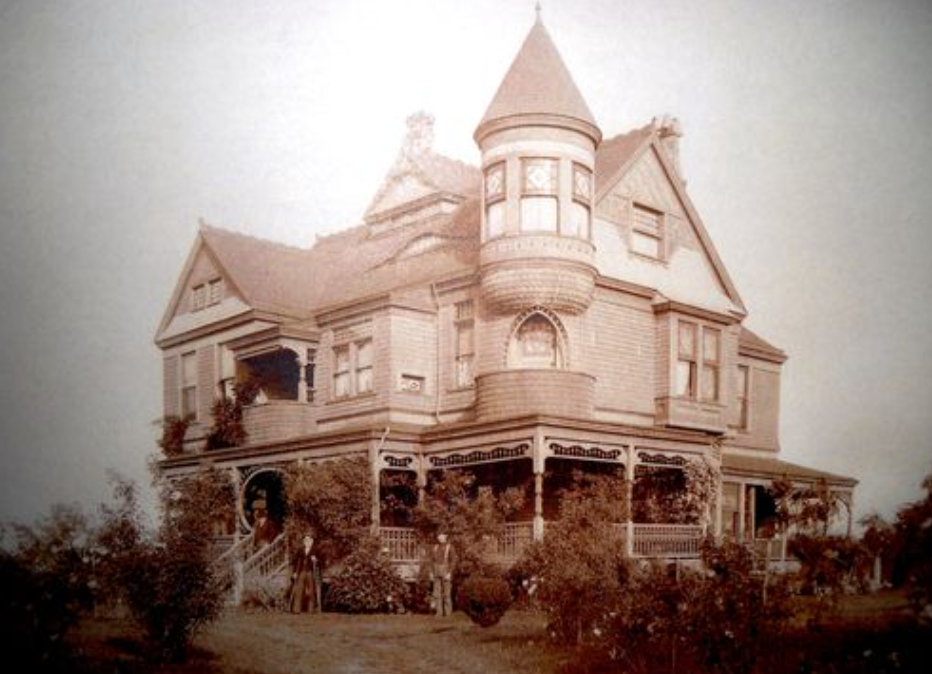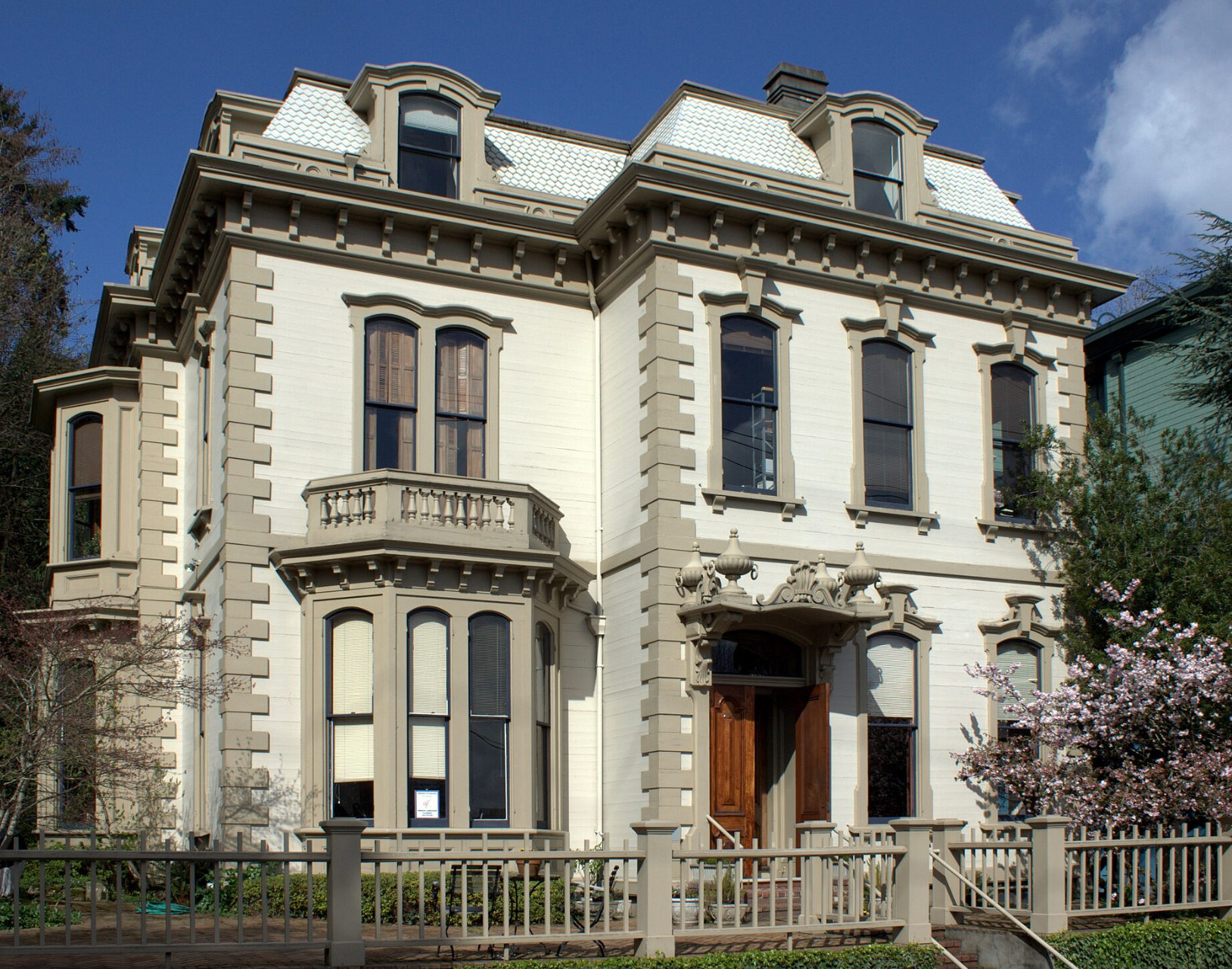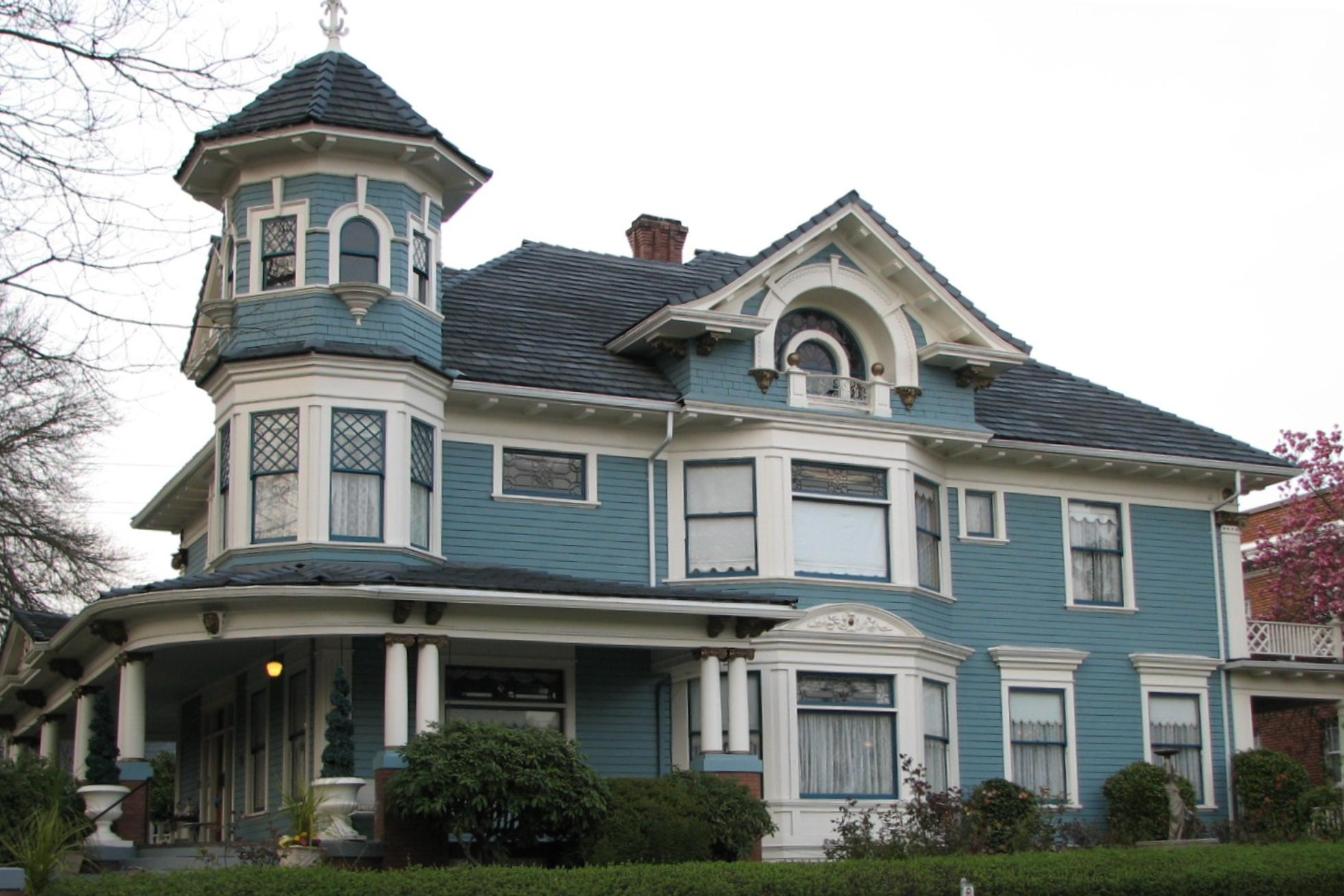Architectural Gems: Portland's Historic Homes and the Stories Behind Them
Portland's skyline may be defined by bridges and modern buildings, but scattered throughout its neighborhoods are architectural treasures that tell the story of the city's evolution. These historic homes aren't just remarkable for their design—they're windows into the lives of the ambitious pioneers and entrepreneurs who shaped Portland.
From Oregon Trail to Architectural Legacy
Few stories capture Portland's pioneering spirit better than that of John Mock. In 1852, thirteen-year-old Mock and his family endured a grueling 4-6 month journey on the Oregon Trail to reach Portland. The family settled on 317 acres that would eventually become the University of Portland, University Park, Mock's Crest, and Mock's Bottom.
After losing their log cabin to fire in 1889, Mock commissioned a Queen Anne-style mansion completed in 1894. This architectural gem featured a picturesque roofline, gingerbread-covered porches, and an exotic finial-topped turret. Inside, visitors would marvel at elaborate natural woodwork, hand-painted ceiling frescos, decorative fretwork, glazed art tile mantels, and more than a dozen Povey Brothers Studio art glass windows.
Mock, who built his fortune through mining, transportation, farming, and real estate, kept the home in family hands until the 1960s. Today, the current owner is undertaking a meticulous restoration expected to take several years.
Industrial Fortunes and Architectural Statements
The Poulsen House stands as a testament to the ambition of Johan Poulsen, a Danish immigrant who arrived in the United States in 1870. After marrying Dora Schnan in Iowa in 1873, the couple relocated to Oregon in 1876 where Poulsen found his calling in the lumber industry. His pivotal meeting with Robert D. Inman led to the establishment of the Inman-Poulsen Lumber Company in 1890, which grew to become Oregon's largest lumber operation, employing 700 people.
In 1892, Poulsen commissioned the grand Queen Anne-style Victorian home that still stands today, while his business partner Inman built an identical twin mansion nearby. Curiously, the Poulsens reportedly never actually lived in their home, instead renting it out. Just two years after completion, Poulsen sold the property for $7,500 to Arthur Zwicker—perhaps due to his wife's dissatisfaction with the home or financial pressures from the "Panic of 1893" economic depression.
The home's subsequent owners include State Senator William J. Clemens, successful bakery owner A.A. Hoover (nicknamed "The Doughnut King"), and Dr. Gustav Huthman, who established the Rose City Veterinary Hospital. While Inman's identical home was demolished in the 1950s to make way for a parking lot, the Poulsen House survived and was among the first Portland homes to receive local landmark designation in 1973. It was added to the National Register of Historic Places in 1977.
The home was most recently listed for sale in 2020, view interior photos of the restored home here.
In southwest Portland, Charles Henry Piggott created something entirely different—Portland's only surviving castle-like home. Constructed in 1892, this Romanesque Revival masterpiece was built by Piggott, a brick manufacturer who moved from San Francisco in 1877 and used materials from his own brickyard on NE Sandy Boulevard. Piggott named it "Gleall Castle," a creative combination of his three children's names: Gladys, Earl, and Lloyd. The castle featured eleven-foot ceilings, a crenellated parapet, and a tower room, but economic hardship from the Panic of 1893 forced Piggott to sell just a year after completion. After that, the building changed hands multiple times and was eventually acquired by the Everyman's Castle Incorporated society in 1934, which converted it into residential flats
Preservation Through the Ages
The Kamm House, built in 1872, stands as one of Portland's few surviving pre-1880 homes and the city's only remaining Second Empire style house. Jacob Kamm, who made his fortune in shipbuilding and as a founder of the Oregon Steam Navigation Company, commissioned architect Albert H. Jordan for the project. When Jordan died suddenly in late 1872, another architect likely completed the home. Originally located where Lincoln High School now stands, the house was saved in 1950 by early preservationist Eric Ladd, who moved it to its current location.
Similarly, the Simon Benson House illustrates Portland's growing preservation ethos. Simon Benson was a Norwegian immigrant who made his fortune in timber. He championed the Columbia Gorge Highway and generously donated land for parks in the Gorge. Additionally, he contributed to the construction of Benson Polytechnic High School in Portland and gifted the city the iconic “Benson Bubbler” drinking fountains (notice one of these bubblers out from of the property in the photo below). After the Benson family vacated the house in 1913, it served variously as a residence, boarding house, and apartments. The home fell into disrepair shortly after and was condemned by the city in 1991. In 1998, City Commissioner Gretchen Kafoury founded the Friends of Simon Benson House, who dedicated several years to fundraising efforts for moving and restoring the house. It now serves as home to the PSU Alumnae Association, recalling an era when grand houses lined the west side of Portland's park blocks.
Architectural Diversity
Not all of Portland's significant homes follow traditional styles. The Freiwald House in Irvington stands out as an anomaly in a neighborhood known for Craftsman homes. This late-period Queen Anne was home to Gustav Freiwald, an inventor, brewery owner, and real estate investor. The family converted it to a duplex in the 1920s and maintained ownership until 1939.
The Wilbur Reid House represents yet another architectural departure—a rare California Bungalow in Oregon. Newlyweds Wilbur and Evelyn Reid were so captivated by this style during their 1914 California honeymoon that they commissioned architect Francis Brown to design their home. Though recognized as a city landmark in 1970, the house still lacks formal historic designation despite its significance.
Acknowledging Portland's Complex History
While celebrating these architectural treasures, we must acknowledge the complex and often painful history that shaped Portland's neighborhoods. Many historic homes stand as monuments to privilege in a city with a deeply troubling racist past. Oregon's early exclusion laws banned Black settlement, while Portland's real estate industry systematically enforced segregation through redlining and restrictive covenants.
The vibrant Albina (Vanport/Kaiserville) district, once a thriving center of Black culture and commerce, was systematically dismantled through urban renewal projects and predatory lending. Chinese Portlanders faced prohibitions on property ownership through the Chinese Exclusion Act, while Japanese residents saw their homes and businesses seized during WWII internment.
These historic homes tell important stories, but they also represent systems that enabled generational wealth-building for some while actively preventing it for others. By recognizing this fuller history, we can better understand how privilege and oppression have shaped Portland's built environment and work toward a more equitable future.
For those eager to explore Portland's architectural history further, here are some excellent resources:
Architectural historian Eric Wheeler offers city-wide walking tours exploring Portland homes' architectural styles and histories: https://positivelypnw.com/
The Oregon Historical Society provides free admission to Multnomah County residents and features rotating exhibits and extensive archives of Oregon's history.
The Architectural Heritage Center works to empower people to discover and preserve Portland's historic and culturally significant places. Visit their SE Portland gallery or explore their website for virtual exhibits.












